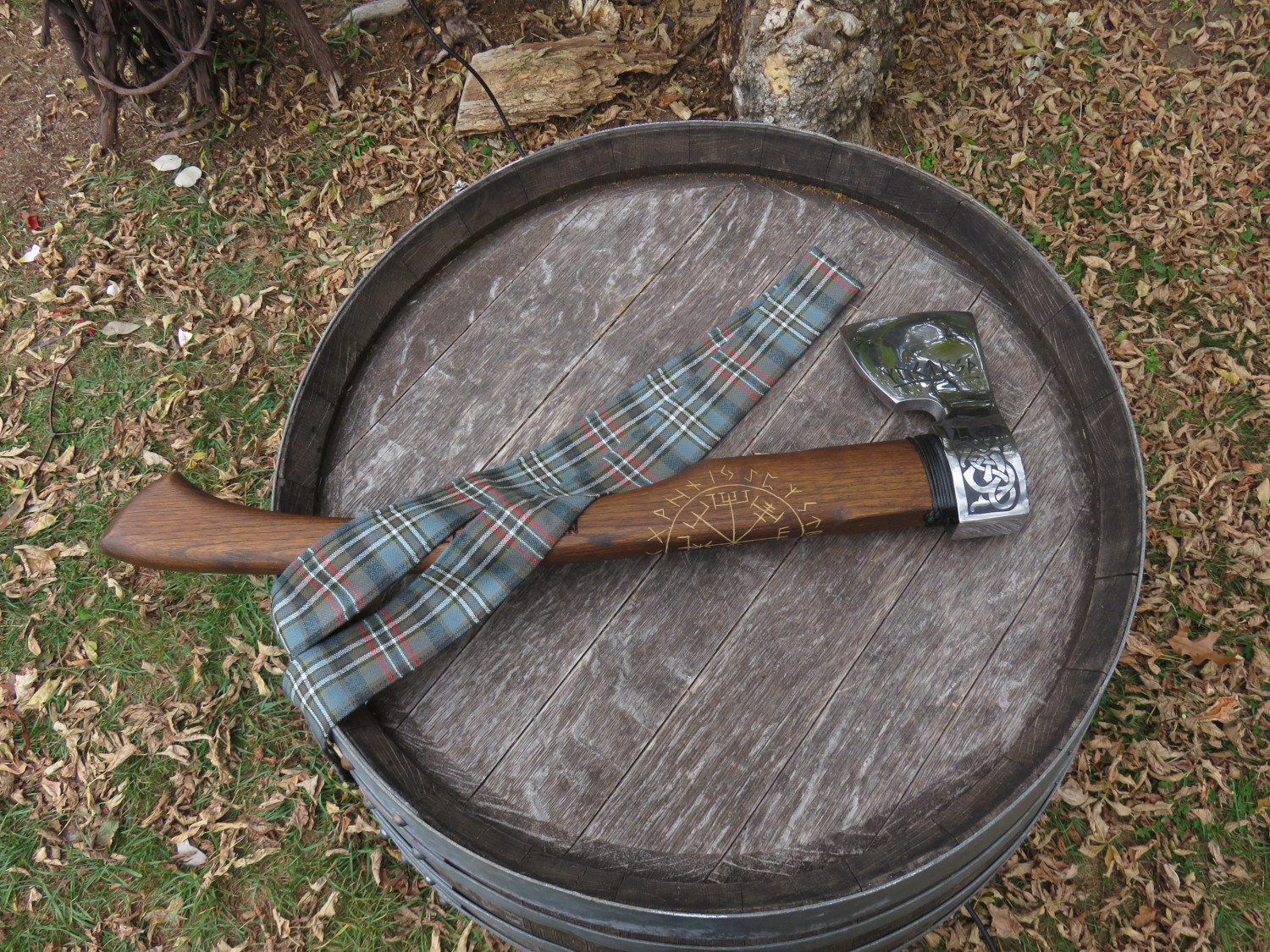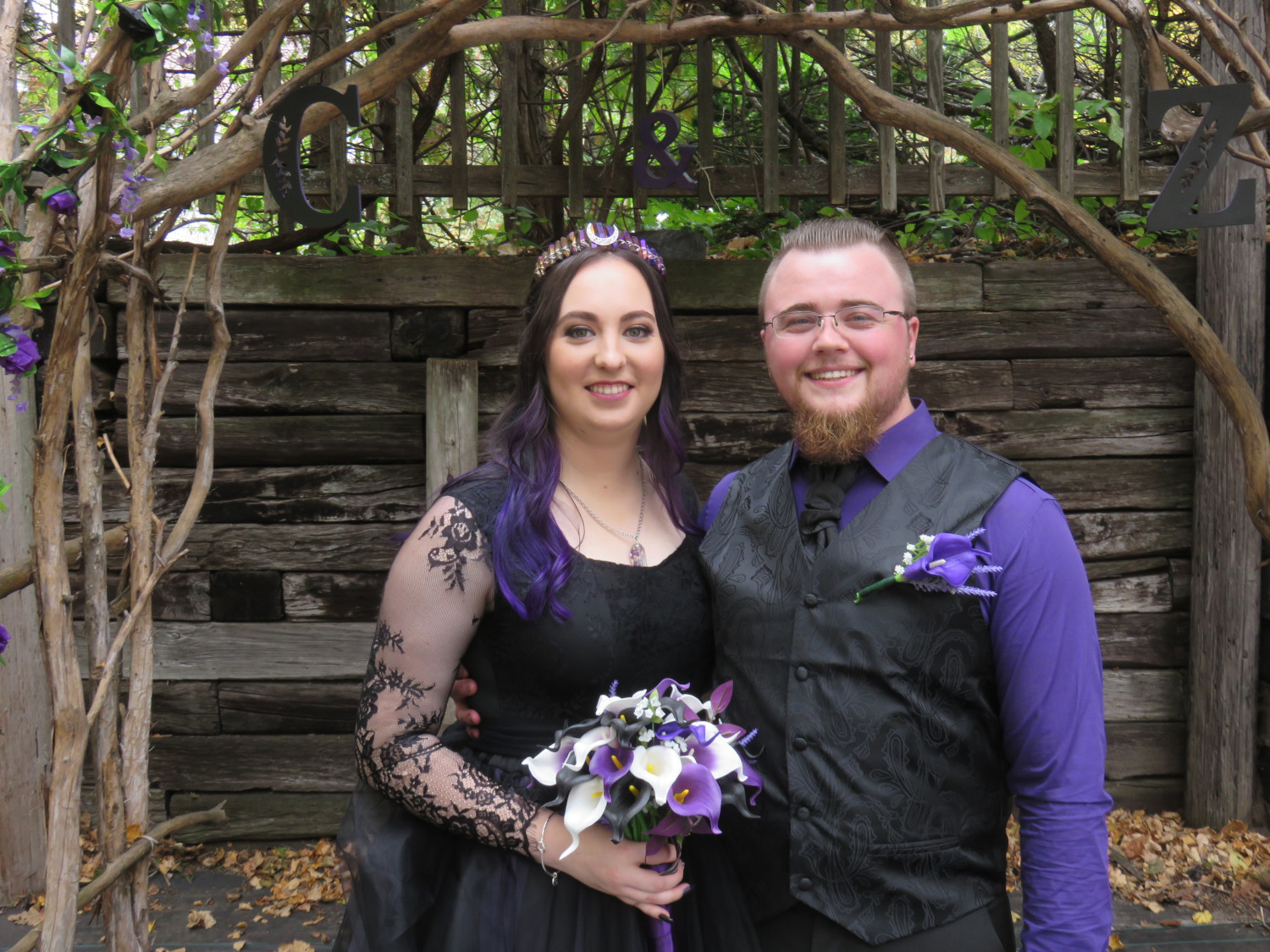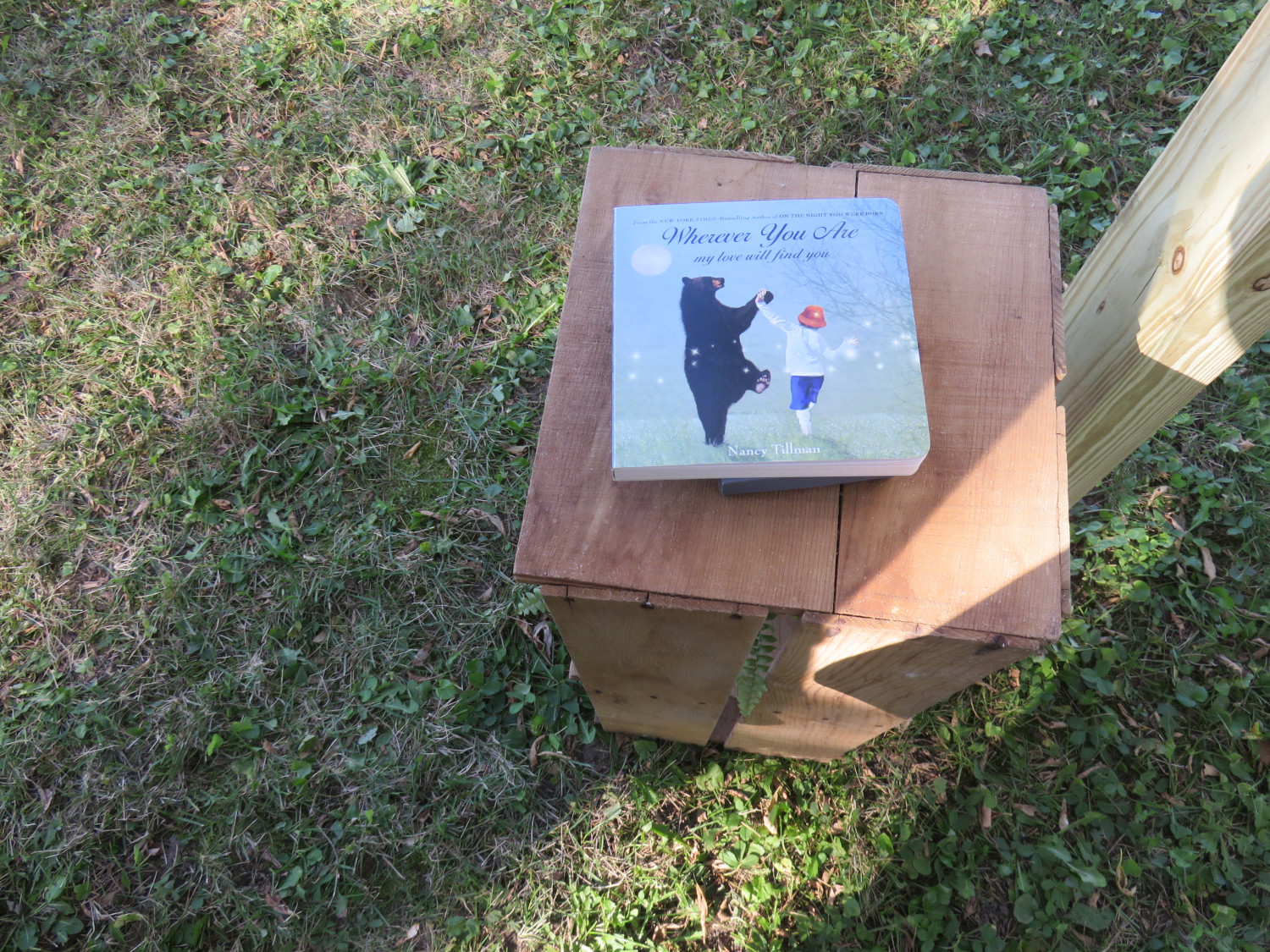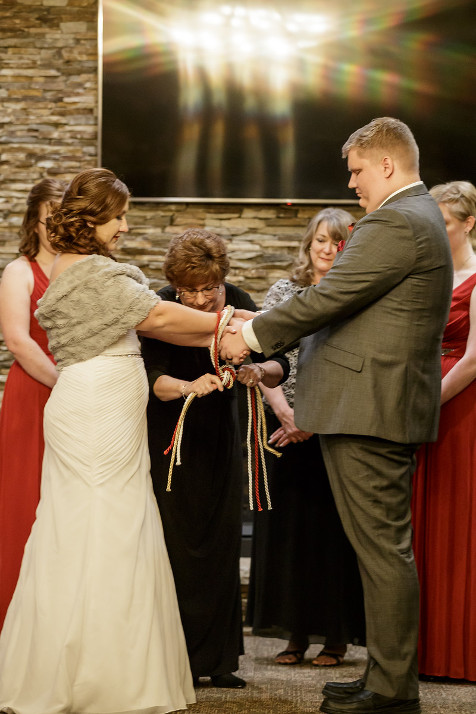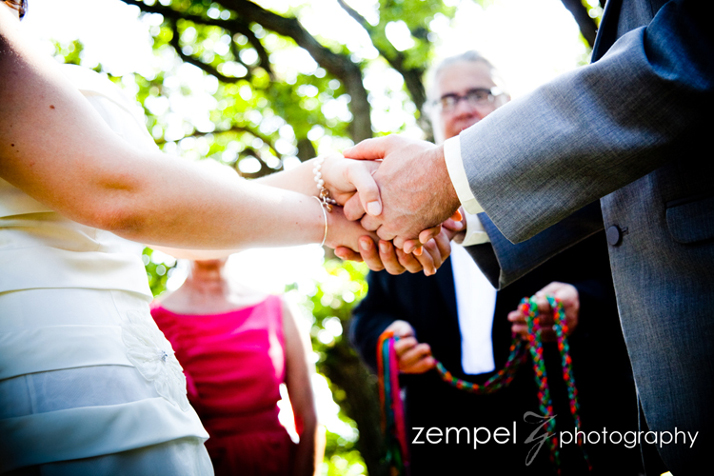Honoring New Families at Weddings
Honoring new families at weddings extends the significance of the wedding ceremony beyond the couple. Opportunities to include family elements in your ceremony arise when there are children from this or previous relationships. The ways of honoring new families will vary depending on the ages of the children and on their interest in participating.
Often children of any age will be included in the wedding party. Perhaps as bridemaids, groomsmen, junior attendants or flower girls or ring bearers. It is important to understand the children’s interest in participating in this way. Even adult children may have unresolved feelings due to their parents’ divorce. No one should ever be placed in an uncomfortable public position during a wedding.
There are other ways to include your children in your ceremony that are more personal. Again, the age of the children will define appropriate options, but here are a few to consider:
For young children, there is a book called “Wherever You Are My Love Will Find You” by Nancy Tillman. This story can be offered as the reading during the ceremony. It assures the children that the couple will love them always. I’ve had a couple present a copy of the book to their daughters to follow along as the story was shared at the ceremony. This provided a meaningful memento of the day and can be read often. Other options for readings are “A Lovely Love Story” by Edward Monkton or excerpts from “Oh the Places You’ll Go” by Dr. Seuss. These are stories the children will be able to relate to, that also share concepts appropriate for marriages.
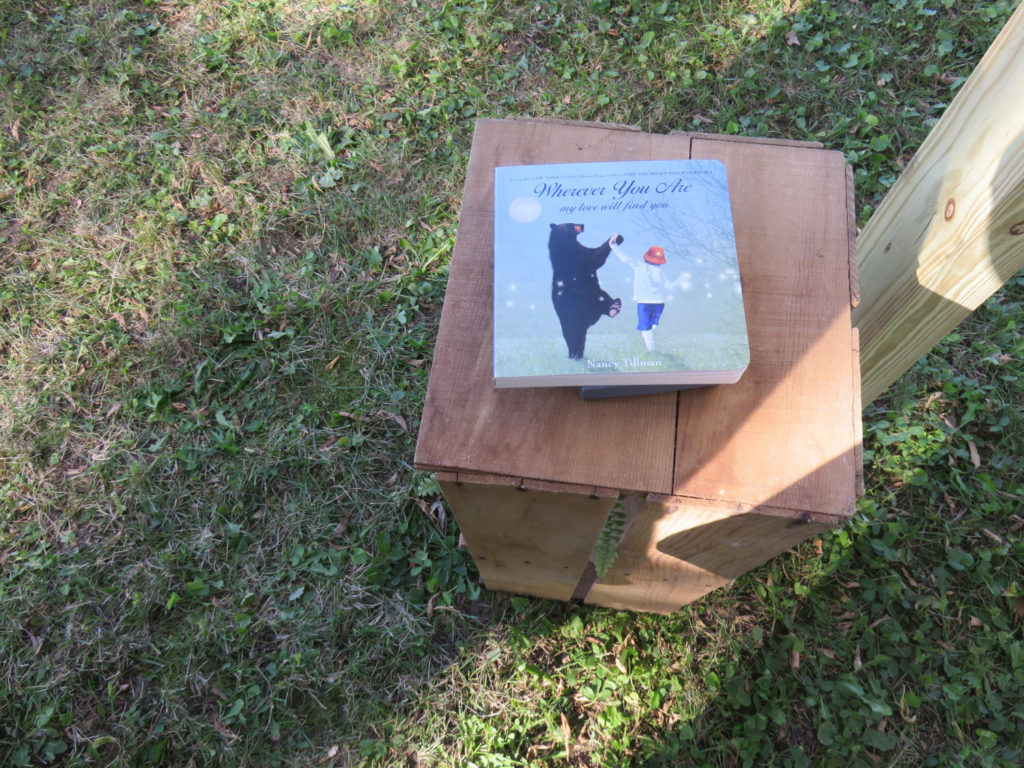
Children of all ages can share in a Sand Ceremony ritual where different colored sand is blended creating a visual representation of the new blended family. Along this line I’ve also had family members each decorate a special stone or rock that is placed around a tree the couple has planted. If the children are of elementary age or older they can help with a handfasting ritual. They place ribbons across the parents’ clasped hands with each ribbon representing a wish for the couple and the family.
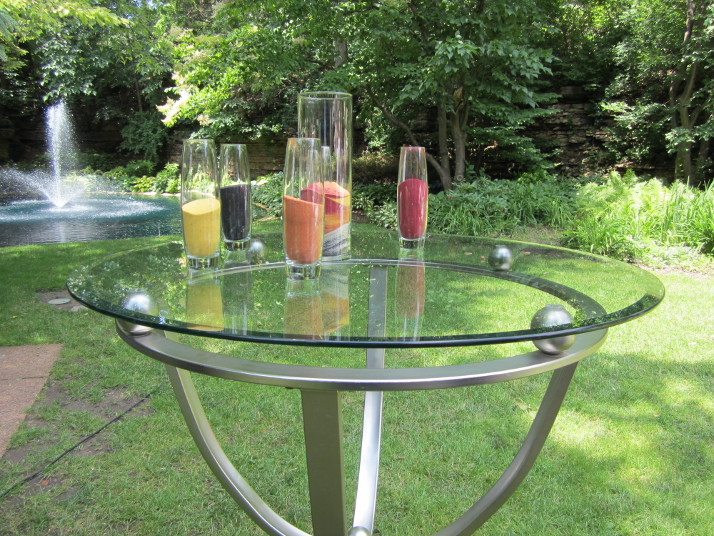
And lastly, gifts can be presented to the children to include them in this special day. Traditional gifts include necklaces or framed photos of the new family. I also had a new stepdad gift his stepson with a new hockey stick in honor of their shared love of the game. The more meaningful the gifts are the more they will connect with the children.
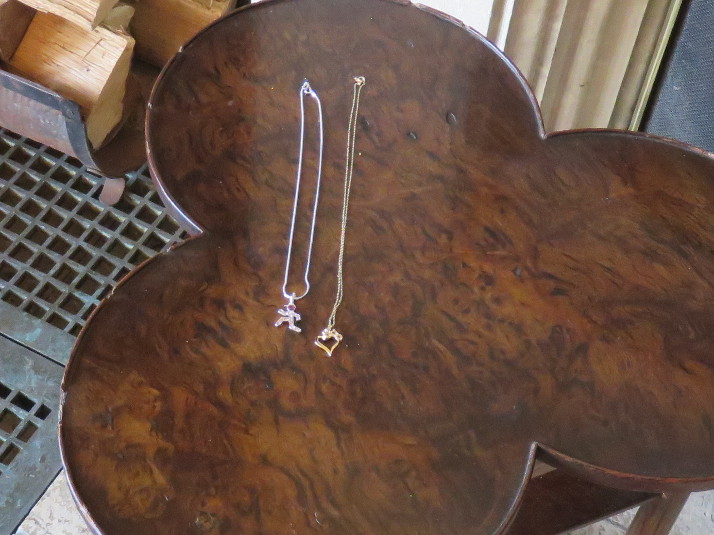
Each couple will decide how far they want to go in honoring new families at their ceremony. As with so many aspects of your wedding day, there are no right or wrong answers. Perhaps you want to keep the ceremony focused on your love and commitment as a couple. Or perhaps you want the children involved in many aspects of your ceremony and your wedding day as possible. Whatever choice you make, know that there are many options available to you, and working with your celebrant you’re sure to find ones that fit your situation.

